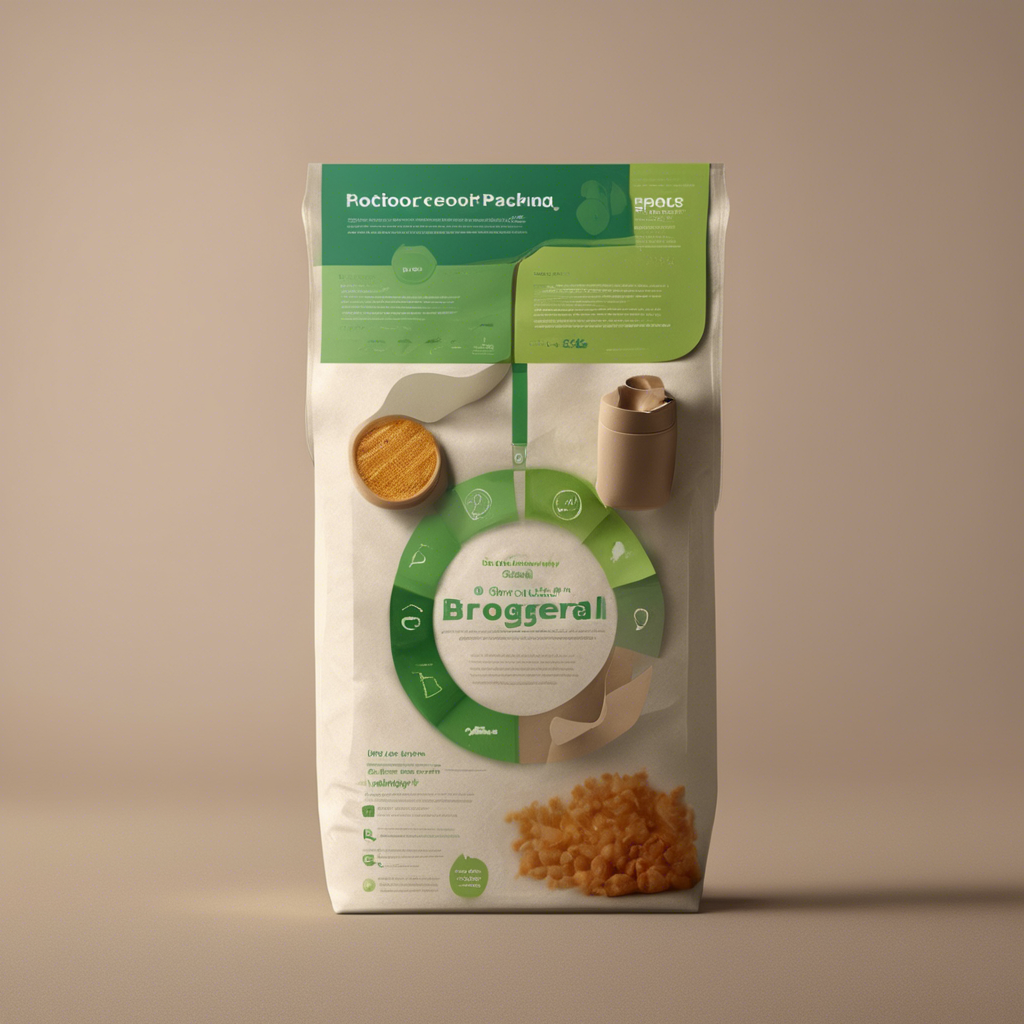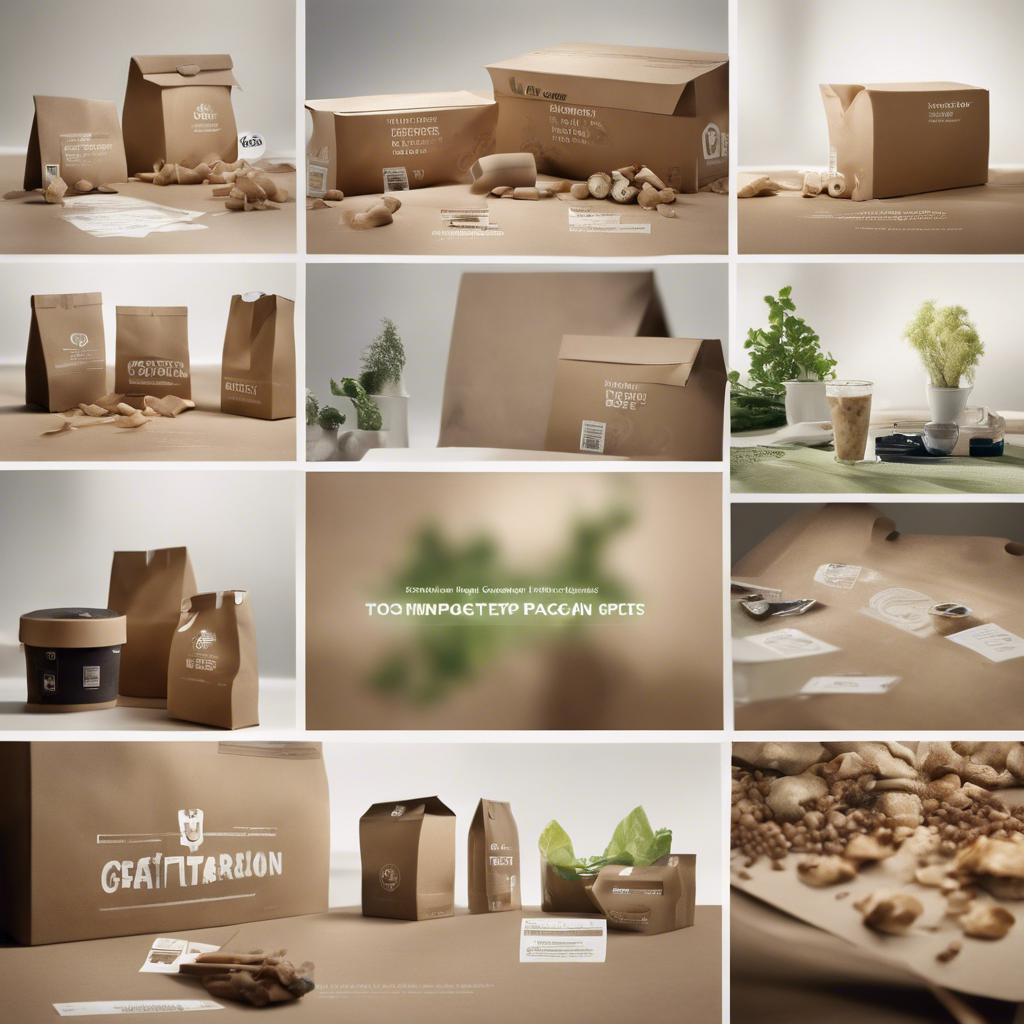The Impact of Biodegradable Packaging on Reducing Carbon Footprint
- zenpacks
- Jul 17, 2024
- 2 min read
Updated: Jul 19, 2024
In today's world, where environmental consciousness is becoming increasingly important, the choice of packaging materials has a significant impact on our carbon footprint. This article delves into the realm of biodegradable packaging and its influential role in reducing environmental harm.
1. Understanding Biodegradable Packaging
Biodegradable packaging refers to materials that can decompose naturally over time, unlike traditional plastics that can linger for centuries in landfills. These eco-friendly alternatives are designed to break down into natural components, leaving minimal waste behind.

2. Impact on Reducing Carbon Footprint
a) Reduced Greenhouse Gas Emissions
Biodegradable packaging helps in cutting down greenhouse gas emissions during the production and disposal phases. By opting for materials that decompose efficiently, we lessen the burden on our environment.
b) Energy Efficiency
The manufacturing process of biodegradable packaging typically demands less energy compared to traditional plastic production, leading to a lower carbon footprint overall.
c) Lowering Waste Accumulation
Traditional packaging contributes massively to waste accumulation, whereas biodegradable options mitigate this concern by breaking down naturally. Consequently, reduced waste translates into a decreased carbon footprint.
3. Advantages of Biodegradable Packaging
a) Natural Decomposition
Biodegradable packaging materials decompose naturally without leaving harmful residues in the environment, ensuring a cleaner planet for future generations.
b) Versatile Use
These eco-friendly alternatives are versatile and can be used for various products, ranging from food packaging to shipping materials, without compromising on quality or function.

4. Challenges and Considerations
a) Cost
One primary challenge surrounding biodegradable packaging is the cost. While the prices are gradually becoming more competitive, they can still be higher than traditional options, impacting businesses' decisions.
b) Recycling Infrastructure
Proper disposal and recycling facilities for biodegradable packaging are crucial for maximizing its benefits. Without adequate infrastructure, the potential environmental advantages may not be fully realized.
5. The Future of Sustainable Packaging
As consumers become more environmentally conscious, the demand for sustainable packaging solutions continues to rise. Biodegradable packaging offers a promising alternative to traditional plastics and plays a vital role in shaping a greener future.
In conclusion, the adoption of biodegradable packaging is a significant step towards reducing our carbon footprint and preserving the environment for generations to come. By making conscious choices in our packaging materials, we can contribute to a more sustainable and eco-friendly world.
Remember, every small change makes a difference, and opting for biodegradable packaging is a step in the right direction towards a cleaner, greener planet.
It's time to embrace biodegradable packaging and pave the way for a more sustainable future!

Comments